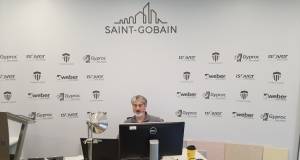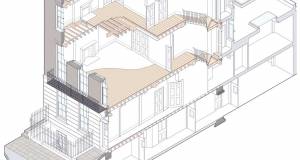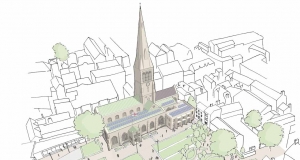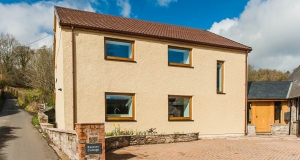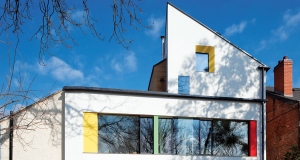- Conservation
- Posted
Heaney vents his poetic outrage at sacrilege of Tara
He told a BBC Radio Ulster documentary, Tar
on Tara: "I think it literally desecrates an area - I mean the word
means to de-sacralise and for centuries the Tara landscape and the Tara
sites have been regarded as part of the sacred ground. "I
was just thinking actually the Proclamation of the Irish Republic in
1916 summoned people in the name of the dead generations and called the
nation, called the people in the name of the dead generations. If
ever there was a place that deserved to be preserved in the name of the
dead generations from pre-historic times up to historic times up to
completely recently, it was Tara."
He went on to point out that
under British rule in Ireland, Tara, seat of the ancient High Kings of
Ireland, and a place of sacred worship in both pagan and Christian
times, appeared to have more protection than in today's Irish Republic. "I
was reading around recently and I discovered that WB Yeats and George
Moore, two writers at the turn of the century and Arthur Griffith,
wrote a letter to the Irish Times sometime at the beginning of the last
century because a society called the British Israelites had thought
that the Ark of the Covenant was buried in Tara, and they had started
to dig on Tara Hill. And they
wrote this letter and they talked about the desecration of a
consecrated landscape. So I thought to myself if a few holes in the
ground made by amateur archaeologists was a desecration, what is
happening to that whole countryside being ripped up is certainly a much
more ruthless piece of work."
And he added that Tara was unique
to him as an Irishman: "Tara means something equivalent to me to what
Delphi means to the Greeks or maybe Stonehenge to an English person or
Nara in Japan, which is one of the most famous sites in the world. It's a word that conjures an aura - it conjures up what they call in Irish dúchas, a sense of belonging."
Ireland's
biggest ever road project stretches 61km and is expected to cost around
800m euros. It is aimed at easing congestion north of Dublin where new
housing developments have sprung up for the thousands of people working
in the city. The government
decided a motorway was needed, with a new route away from the existing
N3 road, instead bringing it through an area which is described by
archaeologists internationally as the most important in Ireland and of
world significance.
The
European Commission is considering legal action against the Irish
government which granted itself the powers in 2004 to destroy features
or areas of archaeological importance classified as national monuments
if in the national interest. However, any action will not stop the road, well under construction, and expected to be completed within two years.
© Belfast Telegraph


